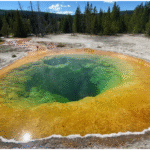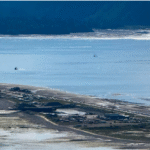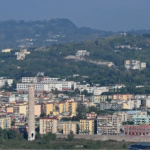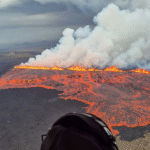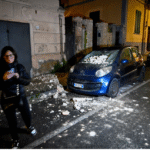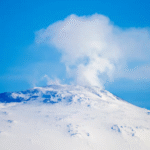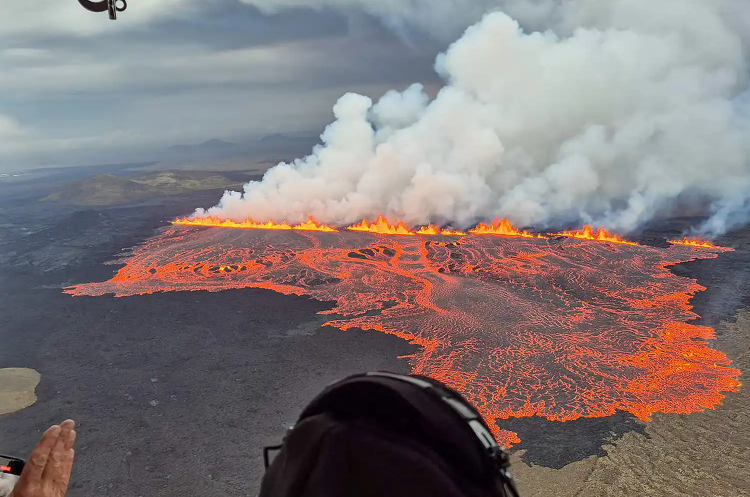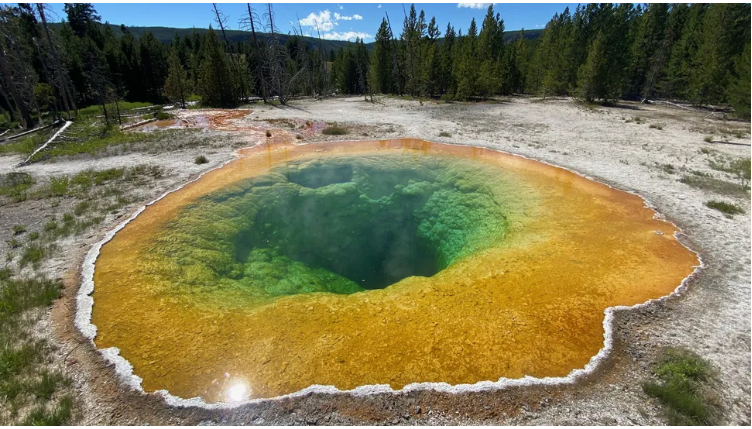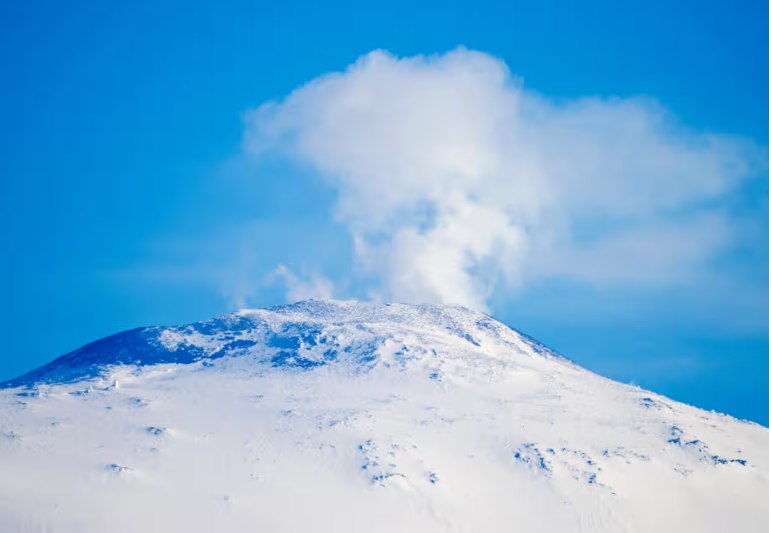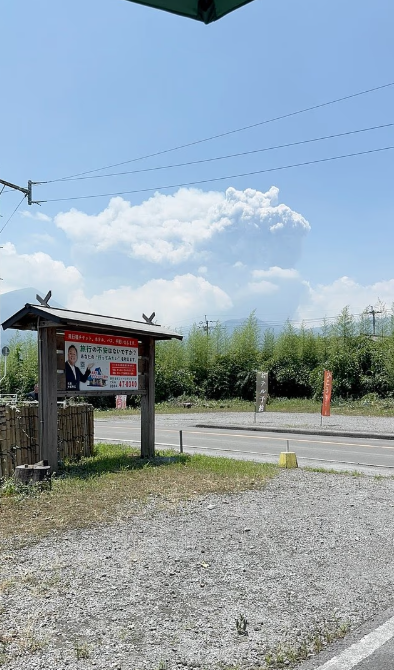Evacuation of Blue Lagoon and Grindavík
Early Wednesday, July 16, around 4 a.m., a volcanic eruption shook southwestern Iceland. The famous Blue Lagoon geothermal spa and nearby campgrounds at Grindavík were quickly evacuated. According to RÚV news, this unexpected incident followed a sudden seismic swarm across the Reykjanes Peninsula.
As an expert reporting from disaster zones, I found this evacuation remarkably organized. Visitors, tourists, and residents in the small fishing village were led to safety. The lava began to flow across empty land areas, spreading between 2,300 to 3,300 feet, sparing immediate infrastructure damage.
Lava Flow and Monitoring Efforts
Kristín Jónsdóttir from the Monitoring Earthquakes Ground Deformation Department explained that the eruption was extending northward by a few hundred meters. However, she warned that no major changes or significant increases in lava flow had yet been detected.
Meanwhile, Margrét Kristín Pálsdóttir, the Acting Suðurnes Police Commissioner, confirmed that over 100 people were still present in Grindavík as officials assessed weather conditions and monitored GPS measurements and deformation signals to guide the evacuation decision.
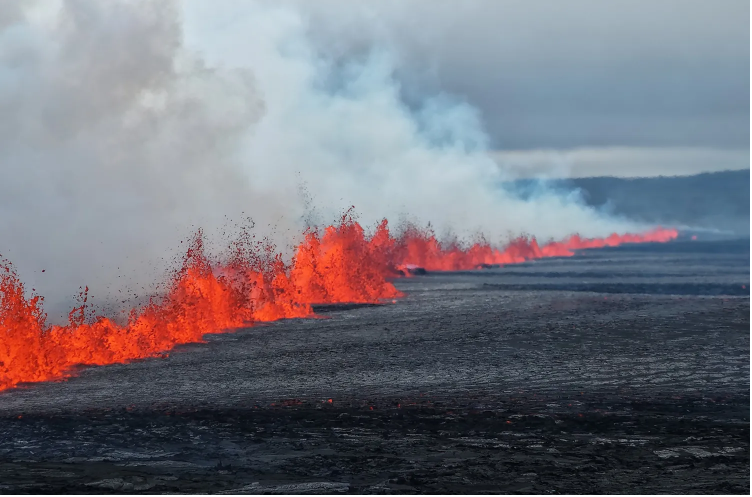
Lava and smoke erupting from a volcano near Grindavik on the Icelandic peninsula of Reykjanes.
Credit:/people.com/
Ninth Eruption Sinc 2023 on Reykjanes Peninsula
This event marked the ninth eruption on the Reykjanes Peninsula since 2023. Iceland, sitting on active tectonic plates, holds 33 active volcanic systems, more than any other European country. The island remains highly prone to earthquakes and eruptions due to its unique geological structure.
Personally, I recall covering the disruptive 2010 Eyjafjallajokull volcano eruption, where CNN reported weeks of ash clouds halting transatlantic air travel for several months. Fortunately, this eruption caused no such disruption.
Fissure Formation at Sundhnúkur Crater
As magma rose beneath the Earth’s crust, it created a new fissure near the Sundhnúkur crater, approximately 700 to 1,000 metres long. According to the Icelandic Meteorological Office (IMO), thick smoke and glowing lava were seen clearly on live video. The same emergency services that previously handled the April eruption efficiently cleared both Grindavík and the Blue Lagoon spa area.
No Immediate Threat but Continued Precautions
Although the lava flowed southeast, posing no current threat to populated zones or infrastructure, civil defence teams remained alert. Precautionary evacuations extended to the five-star hotel resort, which was temporarily closed until 12pm that day.
Flight operations at Keflavik airport near Reykjavik remained unaffected, though scientists cautioned about potential future eruptions.
Iceland’s Volcanic Risk and Geological History
With the island’s geological cycles, marked by an 800-year dormancy before 2021’s renewed activity, the frequency of such events remains a concern. Scientists predict dozen more eruptions could occur over the coming decades or even centuries.
From my experience, these tectonic shifts and volcanic episodes underscore the unpredictable yet powerful natural environment that defines Iceland—a land always at the edge of geological transformation.
